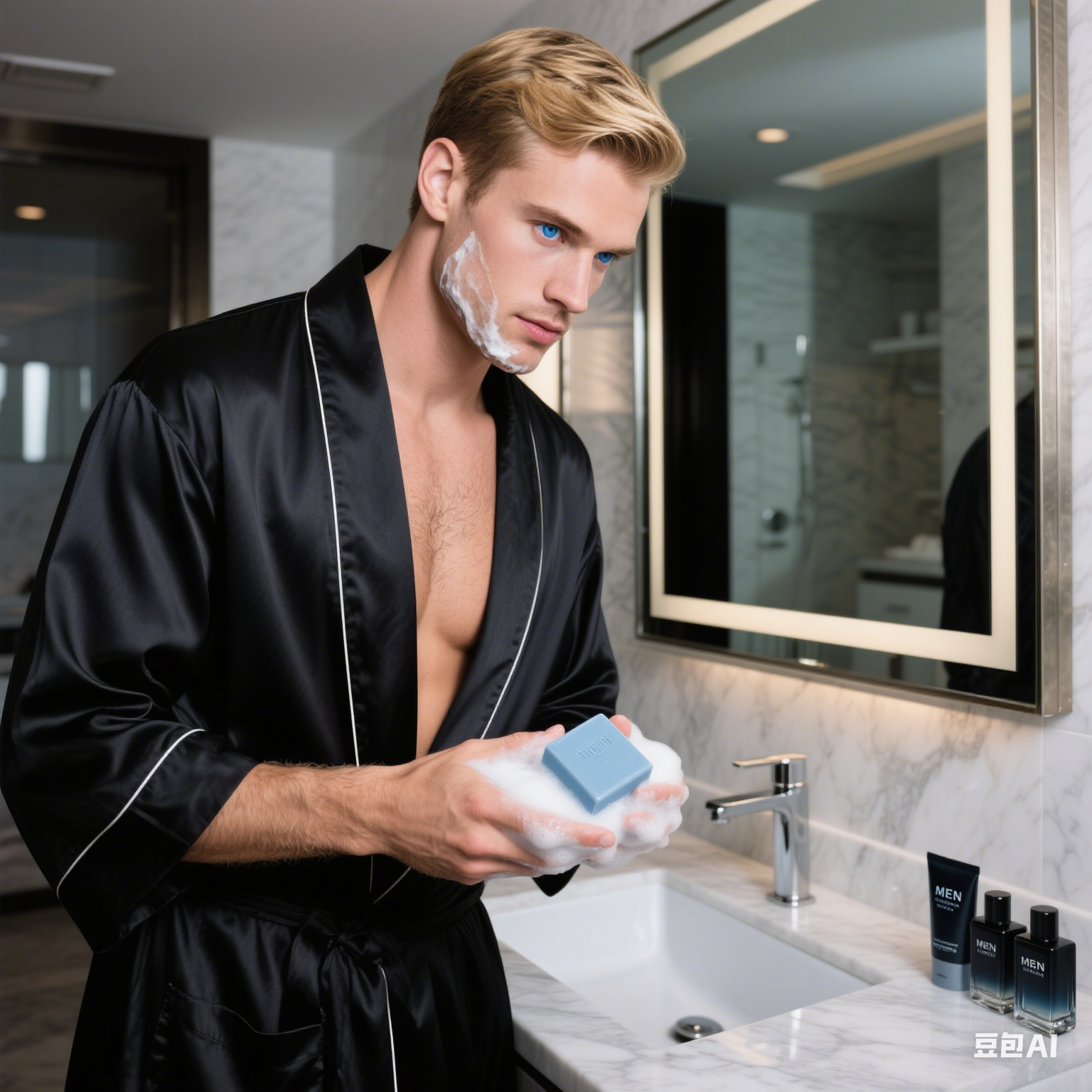
Men’s Grooming and Soap: Baoshijie Soap’s Targeted Product Line
Baoshijie is often perceived as a traditional, possibly state-influenced, Chinese brand known for basic, functional, and affordable household cleaning and personal care products. Their approach often emphasizes practicality and value. When such brands create men’s lines, they typically aim to address specific perceived needs of male consumers while potentially retaining their core brand identity of reliability and affordability.


Analysis of Baoshijie Men’s Soap Line:
unique Characteristics:
-
- Masculine Profiles:
- Common Notes:
- Woody:
- Citrus:
- Aquatic/Marine:
- Minty/Cooling:
- Spicy/Herbal:
- Purpose:
formulation:
-
- Targeted Needs: Men’s skin is often perceived as oilier and thicker, and men may be seen as engaging in more physically demanding activities leading to more sweat and grime. Formulations likely focus on: Deep Cleansing: Ingredients designed to effectively remove dirt, oil, and sweat. Charcoal, clay, or specific surfactants might be used. Oil Control: Formulations may aim to manage sebum production without overly drying the skin. Anti-Bacterial/Deodorizing: Ingredients like triclosan (though less common now), tea tree oil, or other agents to combat body odor are often highlighted. Refreshing Sensation: Ingredients like menthol or mint extracts are frequently added to provide a cooling, tingling, or invigorating feeling during and after use. Moisturization (Balanced): While deep cleansing is key, formulations might include basic moisturizers (like glycerin) but avoid heavy, greasy residues, aiming for a “clean rinse” feel. Differentiation: Compared to their standard line, the men’s soap likely boasts a stronger cleansing power and a more pronounced, specifically masculine scent profile.
Marketing to Male Consumers
Retail Placement: Positioned clearly in the men’s grooming section of supermarkets and convenience stores.Online Platforms: Sold on major e-commerce sites (amazon, etsy) with product pages highlighting the specific benefits for men. Online ads might target male users based on browsing history.Traditional Media (Potentially): Depending on the brand’s overall strategy, some TV or print ads might exist, though digital is increasingly dominant.
Advertising imagery (if used) would likely feature male models embodying the target values – perhaps looking clean, confident, active, or professional. The focus would be less on pampering and more on effectiveness and refreshment..
Focus on Functionality & Performance:
Marketing messages heavily emphasize what the soap does. Keywords like “effective cleansing,” “removes oil and grime,” “fights odor,” “long-lasting freshness,” and “invigorating feel” are central. The appeal is practical and results-oriented.
Target Audience
Likely targets a broad male demographic looking for reliable, affordable, and effective basic grooming products. This could range from young students to working professionals who prioritize function over luxury branding. They might specifically target men who are physically active or work in demanding environments.
Conclusion
Baoshijie’s men’s soap line is likely a strategic extension designed to capture a share of the growing male grooming market in China by leveraging its brand reputation for practicality and value. The unique characteristics – masculine scents, targeted formulations (deep cleansing, oil control, refreshing), and distinct packaging (dark colors, bold design) – are all geared towards meeting the perceived functional needs and aesthetic preferences of male consumers. Their marketing approach emphasizes performance, efficacy, and straightforward benefits, positioning the soap as a reliable and sensible choice for everyday hygiene. It competes by offering a functional, familiar, and often budget-friendly alternative to international brands or more specialized niche products.


